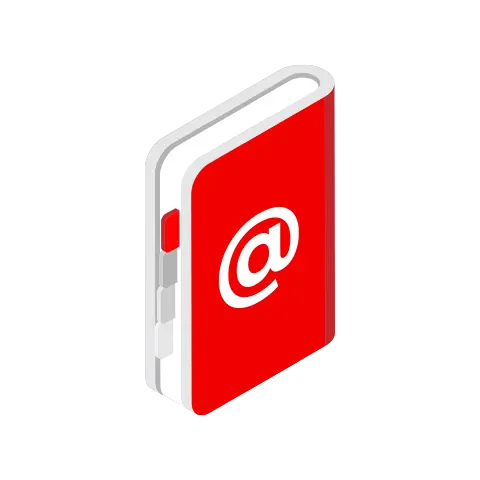How do I connect to my ComAp controller? What types of connections are supported?
ComAp offers a wide range of options to connect to your controller:
- RS232 / RS485
- USB - USB A<->B (usually a printer cable)
- Internet connection - LAN, GPRS, 3G, 4G
Note that some connection types require you to use a communication module (plug-in eg a RS232 card) or communication bridge (external device eg Internet Bridge NT).
Each ComAp device usually allows for multiple ways of connection. The simplest one supported by the majority of our devices is the RS232 (serial) connection. For this, you need an RS232 cable (null modem) and if your PC is not equipped with an RS232 port you need a USB<->RS232 converter.
USB connections are very common. Almost all ComAp devices support connection using simple USB A<->B cable (printer cable) for easy configuration. Some devices can be powered from the USB port for programming to allow easy configuration right on your desk.
Other connection types: Internet connection (LAN, GPRS, 3G, 4G), Modbus RTU, Modbus TCP, SNMP, AirGate, Modem.
Note that some connection types require you to use a communication module (plug-in eg a RS232 card) or communication bridge (external device eg Internet Bridge NT). Not all types of connection are possible on each device. You can find all the details related to this topic in your device's Comprehensive guide or Communication guide.
Detailed information about connection to:
InteliLite NT, InteliATS NT, InteliCompact NT is available IL-NT, IA-NT, IC-NT Communication Guide (page 21)
InteliGen-NT, InteliSys-NT, InteliMains-NT is available in IGS-NT Communication Guide (page 19)
InteliLite is available in Global Guide InteliLite AMF25 Global Guide (page 126)

.jpg?f=WebP&w=1920&h=1000)
